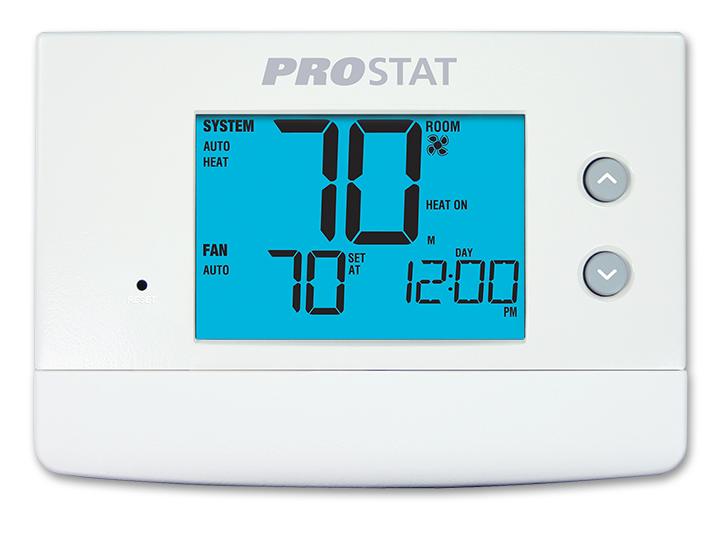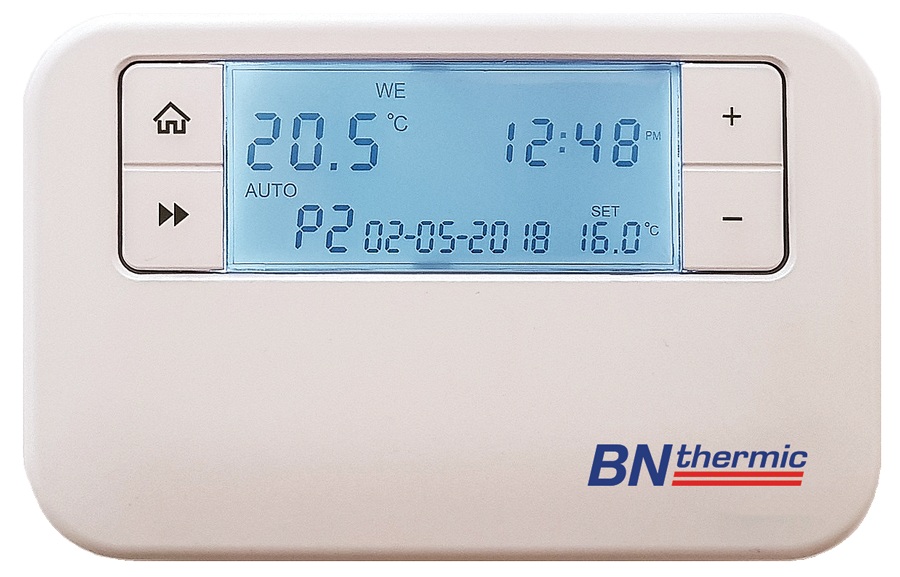

With the introduction of the more accessible Google Nest Thermostat on October 12, 2020, it no longer features the rotating ring which is present on other Nest models. Since they use Bluetooth Low Energy they are only compatible with the E and 3rd generation thermostats. Nest will then use the appropriate sensor based on schedule. Up to six of these battery operated devices can be added to a single thermostat to provide remote temperature monitoring. Available in google store only for United States and Canada. The Nest Temperature Sensor was added in March, 2018. Īs the Nest Thermostat can not be battery operated, it must either be installed with a wire connecting directly to the "Heatlink" which supplies 12v DC, or mounted on a Stand and powered via a USB cable. It has several major changes as the thermostat is stand mounted only, the Heat Link is grey and battery powered, the Heat Link loses the domestic hot water support, and lastly designed to be installed on the wall where the old thermostat was located.

The Nest E was made available to the UK in October 2018. The 3rd Generation added support for OpenTherm and for controlling domestic hot water. The first release was the 2nd Generation Nest thermostat which the Heat Link controlled the central heating boiler. The Nest is paired with a "Heat Link" device, which contains the circuitry required for controlling the mains-voltage heating system. Ī special version of Nest is available in Europe, which is capable of controlling 230 volt heating systems. Neither can function independently if separated, the display becomes inactive until reconnected to the base.

The base houses the connection terminals, bubble level, and holes for wall anchors. The display contains the main printed circuit board (PCB) and rotating ring, (except for the 2020 Nest Thermostat, which has a touch-sensitive strip on the right side of the thermostat body). Nest consists of two primary pieces of hardware. Įxisting thermostat wires for communicating systems. These systems require just four wires – two power wires for heating and cooling and two for communication between components (see photo). Communicating systems are used with some two-stage and all variable-capacity HVAC systems.

Nest is not compatible with communicating HVAC systems. Nest is compatible with most standard HVAC systems that use central heating and cooling and uses industry standard connections to facilitate the control of these appliances. Note: Generation E and new thermostat supports 2 stage cooling OR 2 stage heating OR heatpump due to a shared multi-use terminal.Specifications - North American versions Device 1 Specifications - North American versions.


 0 kommentar(er)
0 kommentar(er)
